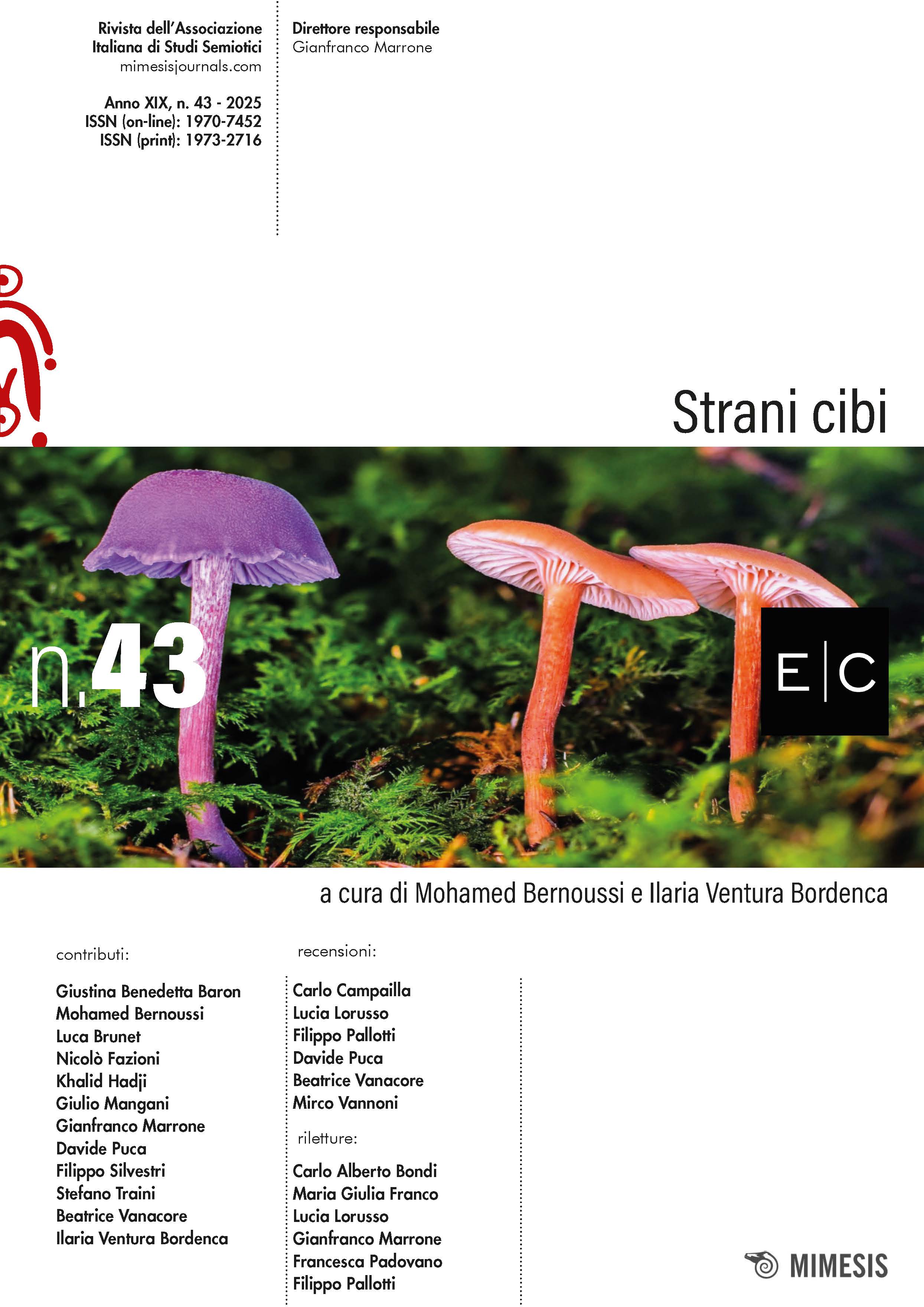Semiotics of Psychedelic Substances. From Traditional Contexts to Contemporary Practices
Abstract
This paper explores the historical, cultural, and semiotic dimensions of psychedelic substances such as peyote, magic mushrooms, mescaline, and psilocybin. Drawing from anthropology, neuroscience, philosophy, and semiotics, it examines how the meanings and uses of these substances have evolved across different cultures, from traditional indigenous rituals to modern therapeutic applications. Particular attention is given to processes of intercultural, interlinguistic, and intersemiotic translation that have shaped Western interpretations of psychedelics. Through a comparative semiotic lens, the study highlights how context, expectations, cultural practices and narratives significantly influence the phenomenology of psychedelic experiences. Finally, the recent “psychedelic renaissance” is considered in light of both its scientific advancements and cultural practices, emphasizing the need for a nuanced understanding of these substances as complex mediators between biology, mind, and meaning, thus proposing a media pharmacology framework.



